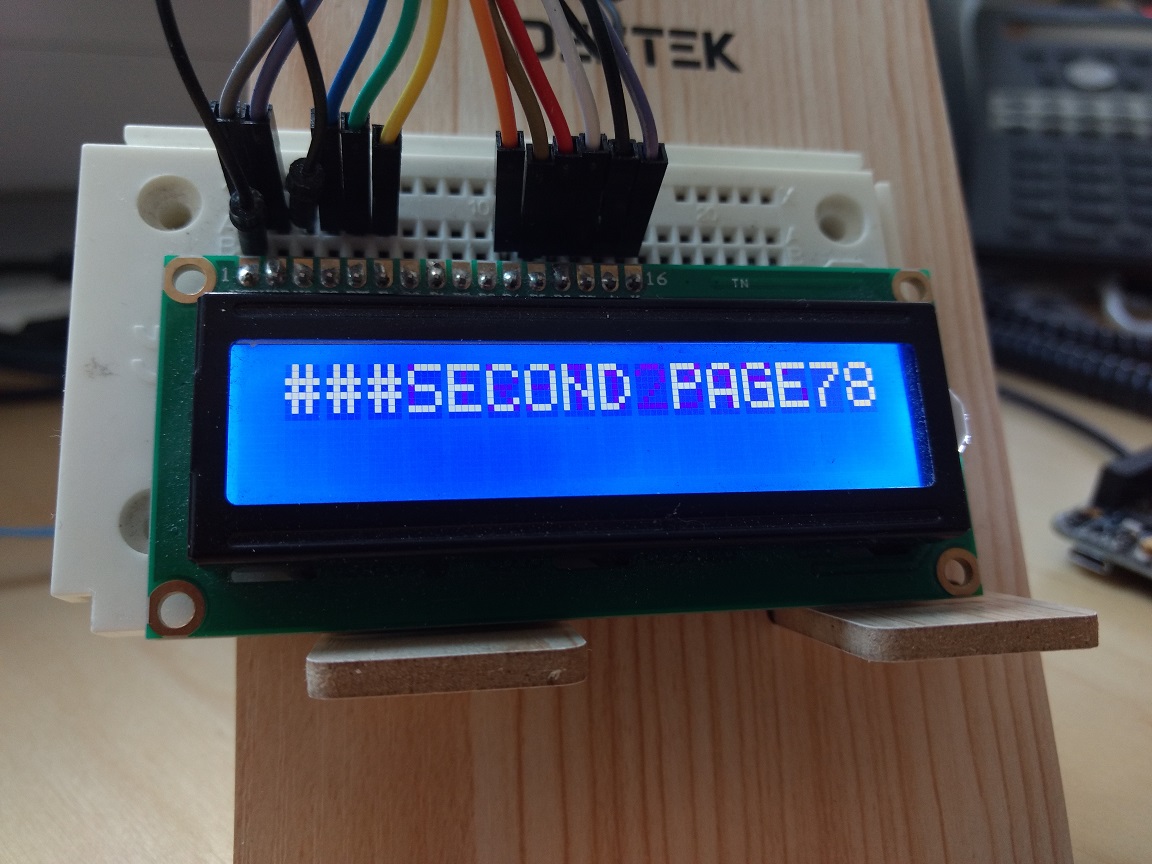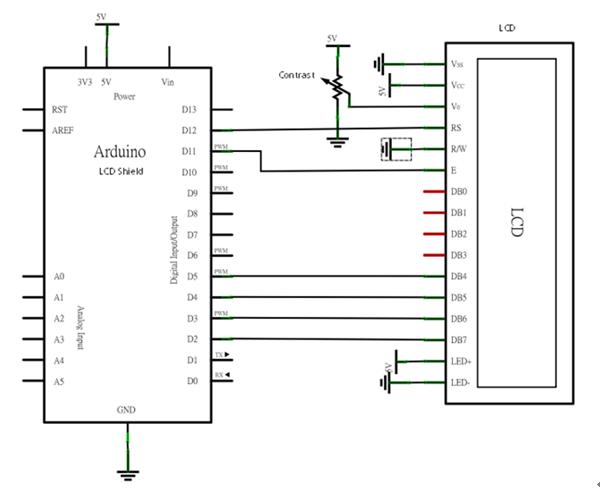I have an unbranded QC1602A V2.0 display connected to a Raspberry Pi over 4-pin interface mode. Backlight and contrast are set in hardware, neither are controlled over the Raspberry Pi.
If I setup the display as it should be (16x2 characters of 5x8 pixels each), the text is displayed in a very hard-to-read dark color:

But if I set the display to 16x1 characters, 5x8 pixels each, the font suddenly switches to a very clearly readable white font:

The code I used for testing was this:
from RPLCD.gpio import CharLCD
lcd = CharLCD(rows=2,cols=16, pin_rs=15, pin_rw=18, pin_e=16, pins_data=[21,22,23,24], numbering_mode=GPIO.BOARD)
lcd.write_string("###FIRST PAGE###") # Black font
lcd.write_string("1234567890123456")
lcd.command(0b00100000) # Set to 16x1 characters
lcd.write_string("###SECOND PAGE##") # White font
lcd.write_string("ABCDEFGHIJKLMNOP")
And the same behaviour holds true if I do this:
from RPLCD.gpio import CharLCD
lcd = CharLCD(rows=1,cols=16, pin_rs=15, pin_rw=18, pin_e=16, pins_data=[21,22,23,24], numbering_mode=GPIO.BOARD)
lcd.write_string("###FIRST PAGE###") # White font
lcd.write_string("1234567890123456")
Does anyone know what the reason could be for this strange behaviour? I would be especially interested to find out how I could use the white font in 16x2 characters mode.

